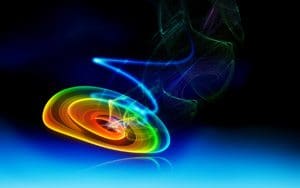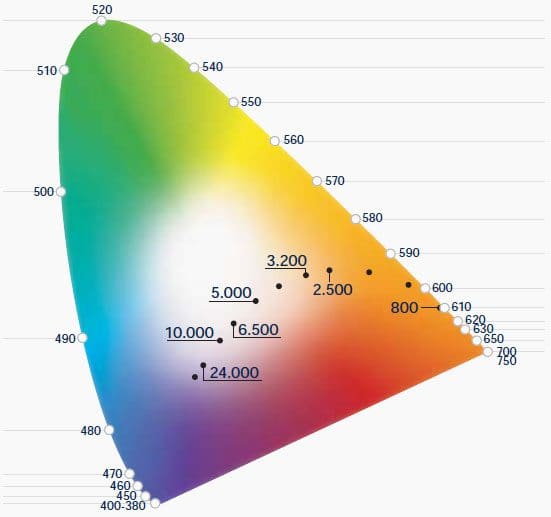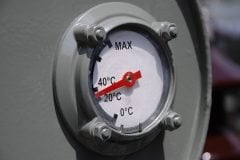
Colour is a subjective psycho physiologic interpretation of the visible electromagnetic spectrum. Luminous sensations or images, produced in our retina, are sent to the brain and interpreted as a set of monochromatic sensations which constitute the colour of the light.
The sense of sight does not analyze each radiation or chromatic sensation individually. For each radiation there is a colour designation, according to the frequency spectrum classification.
Subjective evaluations of object surfaces, in the same way they are perceived by the human eye, are interpreted bearing in mind colour attributes or qualities.
They are the following:
Lightness or brightness
Lightness or brightness is the luminous radiation received according to the illuminance possessed by the object. The further from black in the grey scale, the lighter the colour of an object. It refers to intensity.
Hue or tone
Hue or tone is the common name for colour (red, yellow, green, etc.). It refers to wavelength.
Purity or saturation
Purity or saturation is proportion in which a colour is mixed with white. It refers to spectral purity.
In order to avoid a subjective evaluation of colour there exists a chromaticity diagram in the shape of a triangle, approved by the C.I.E. It is used to treat sources of light, coloured surfaces, paints, luminous filters, etc. from a quantitative point of view. All colours are ordered following three chromatic coordinates, x, y, z, whose sum is always equivalent to the unit (x + y + z = 1).
When each of them equals 0.333, they correspond to the white colour. These three coordinates are obtained from the specific potencies for each wavelength. It is based on the fact that when three radiations from three sources of different spectral composition are mixed, a radiation equivalent to another with a different value may be obtained. The result is the triangle in Fig. 2, in which any two coordinates are enough to determine the radiation colour resulting formed by the additive mixture of three components.

Colour temperature (Tc )
In the C.I.E. chromaticity diagram in Fig. 2, a curve has been drawn representing the colour emitted by a black body according to its temperature. It is known as black body colour temperature curve, TC.. Colour temperature is an expression used to indicate the colour of a source of light by comparing it with a black body colour, that is to say, a “theoretical perfect radiant” (object whose light emission is only due to its temperature). As any other incandescent body, the black body changes its colour as its temperature increases, acquiring at the beginning, a red matte tone, to change to light red later on, orange, yellow and finally white, bluish white and blue.
For example, colour of a candle flame is similar to the one of a black body heated at about 1 800 K*. Then, the flame is said to have a “colour temperature” of 1 800 K.
Incandescent lamps have a colour temperature which ranges from 2 700 to 3 200 K, depending on their type. Their fleck is determined by the corresponding coordinates and is located virtually on the black body curve. Such temperature bears no relation at all with that of an incandescent filament.
| Colour appearance group | Colour appearance | Colour temperature (K) |
| 1 | Warm | Below 3.300 |
| 2 | Intermediate | From 3.300 to 5.300 |
| 3 | Cold | Above 5.300 |
Therefore, colour temperature is, in fact, a measure of temperature. It only defines colour and it can be applied exclusively to sources of light which have a great colour resemblance with the black body. The practical equivalence between colour appearance and colour temperature is established arbitrarily according to Chart 1.











So, there’s no worldwide classification system for colours? It’s bizarre, yet we have people who think they can accurately classify music genres/styles (they cannot) and animal/plant speciation (each organism has unique DNA, so that’s subjective, at best, too).
I suppose every ‘shade’ having a name is impossible, but with colour-selection wheels on computer apps giving an RGB number (or whatever, I’m not an expert) you’d think colours could easily be given unique standardised classification numbers, with 100% accuracy.
perfect